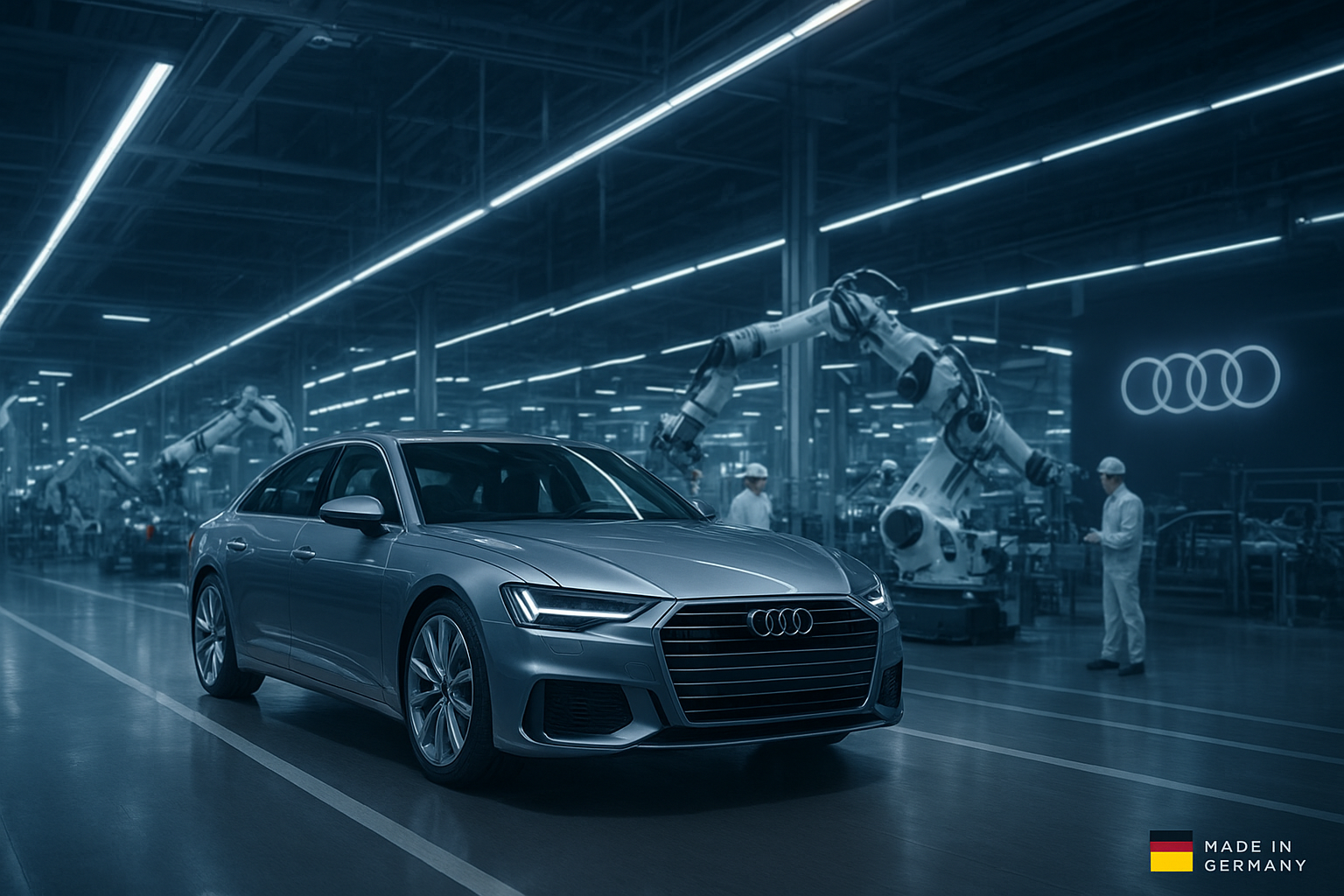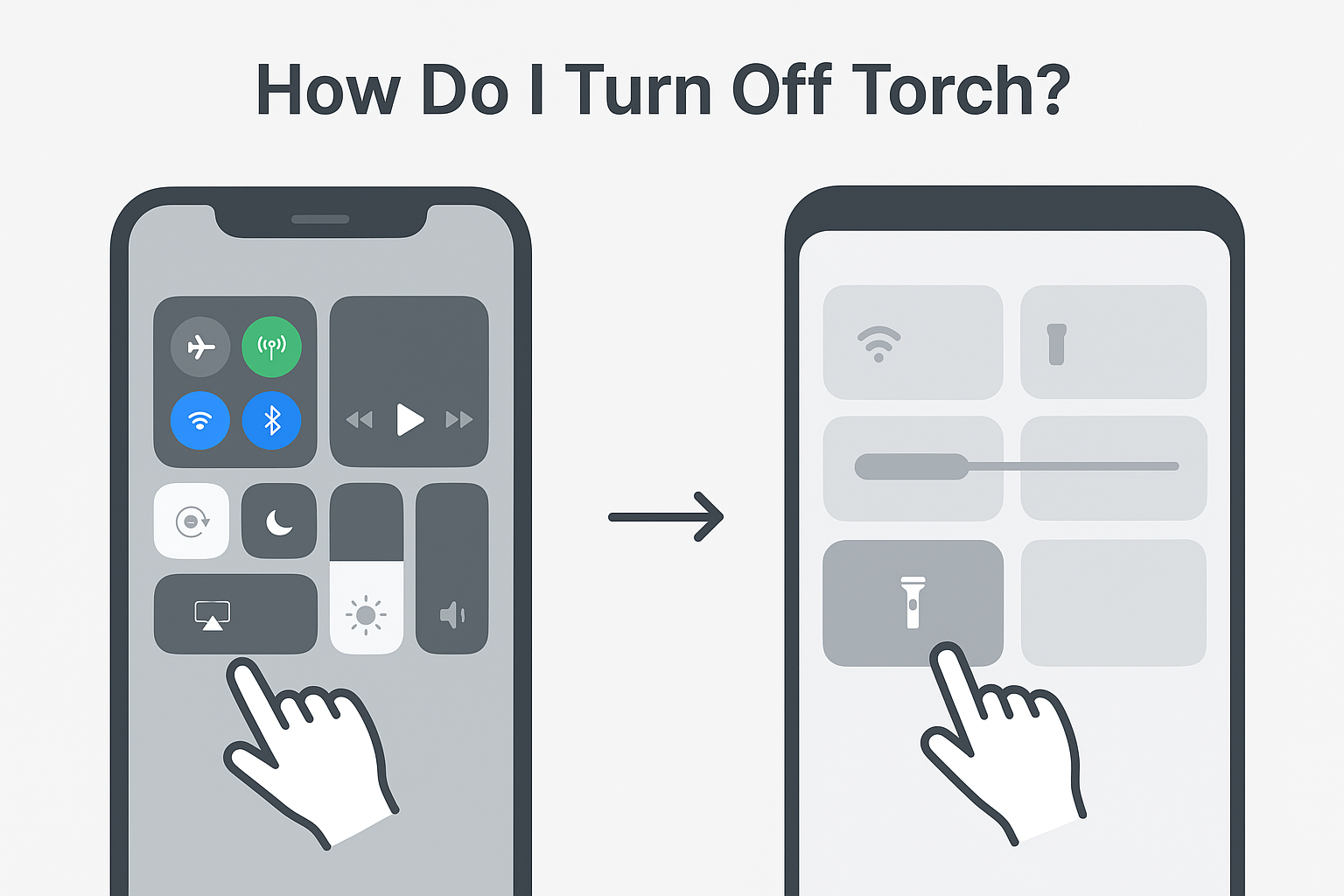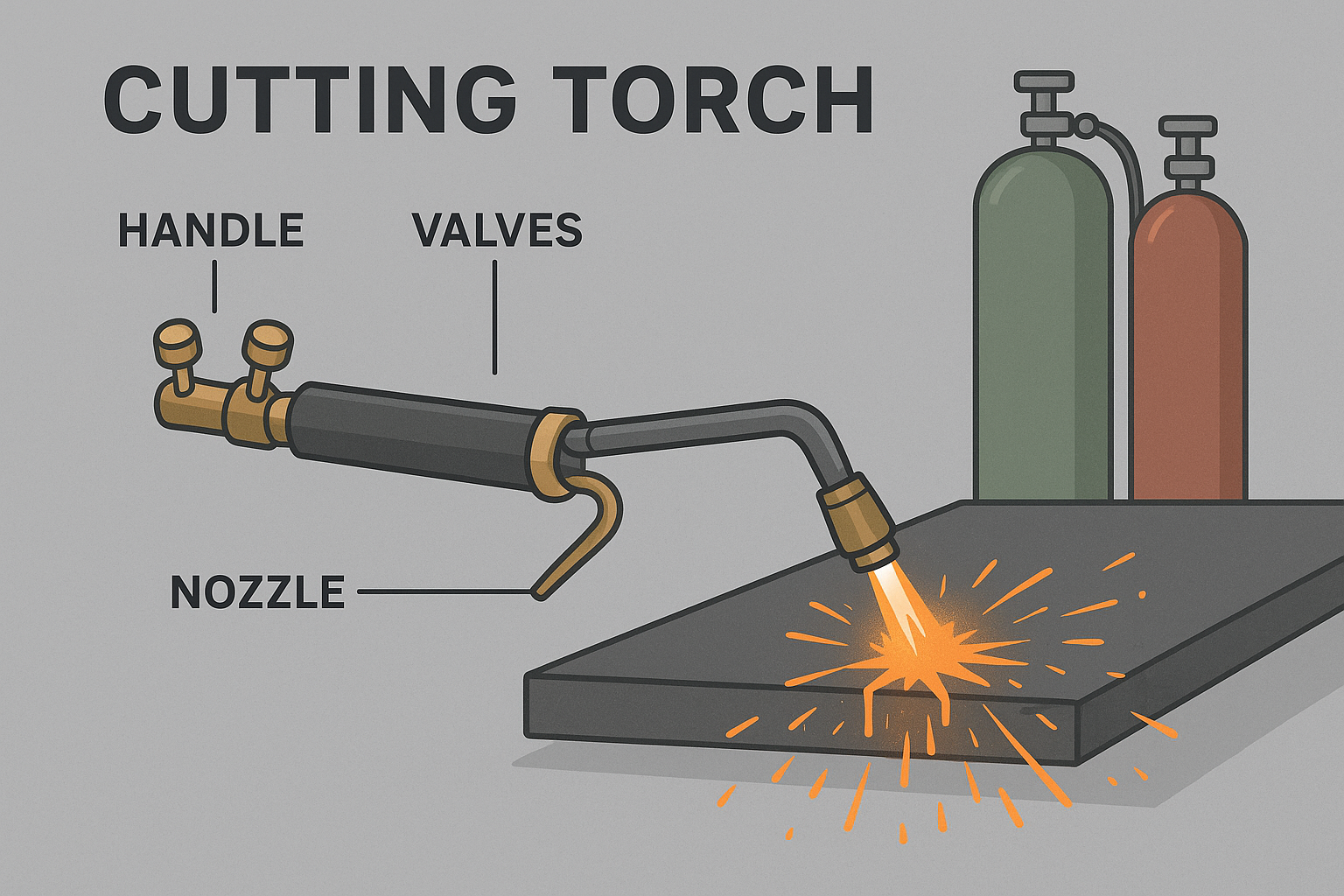Introduction: The Legacy Behind Audi’s Four Rings
When people see Audi’s four interlocking rings, they think of sleek design, advanced engineering, and understated luxury. But have you ever wondered — who actually makes Audi? This isn’t just a question about a car company; it’s a look into one of the most influential automotive legacies in the world. From its German roots to its position within a global group, Audi represents a blend of innovation, precision, and heritage that defines modern motoring.
Who Makes Audi? The Parent Company Explained
Audi is made by Audi AG, a renowned German automobile manufacturer headquartered in Ingolstadt, Bavaria. However, Audi AG doesn’t stand alone. It’s a subsidiary of the Volkswagen Group (Volkswagen AG) — one of the largest and most powerful automotive conglomerates on the planet.
The Volkswagen Group owns several prestigious brands, including:
- Volkswagen (VW)
- Porsche
- Lamborghini
- Bentley
- Bugatti
- Škoda
- SEAT
Each of these brands operates under the VW Group umbrella, sharing technological innovations and manufacturing platforms. Audi’s reputation for high performance and refined luxury fits neatly within this diverse portfolio, bridging the gap between sporty sophistication and everyday practicality.
The Origins of Audi: A Story of Four Pioneers
The name “Audi” has roots stretching back to the early 20th century. It originates from August Horch, the founder of the company. After leaving his first business (Horch & Cie), Horch launched a new enterprise in 1910 — but since he couldn’t legally use his own surname again, he translated “Horch” (which means “listen” in German) into Latin: Audi.
The four rings in Audi’s logo symbolize the historic 1932 merger of four major car manufacturers:
- Audi
- DKW
- Horch
- Wanderer
Together, these formed Auto Union AG, the predecessor of today’s Audi AG.
Where Are Audi Cars Made?
While Audi is unmistakably German at heart, it has become a global manufacturer with production facilities in several countries.
Key manufacturing sites include:
- Ingolstadt, Germany: The main headquarters and one of the largest Audi plants.
- Neckarsulm, Germany: Known for producing high-end models such as the Audi A8 and R8.
- Győr, Hungary: Specializes in engine production and compact models.
- Brussels, Belgium: The home of Audi’s electric line, including the Audi e-tron.
- San José Chiapa, Mexico: Produces the popular Audi Q5 for global markets.
- Changchun, China: Operated through a joint venture with FAW, catering to the Asian market.
This global manufacturing network ensures Audi’s vehicles are efficiently produced and tailored for regional demands without compromising the brand’s German engineering standards.
Audi and the Volkswagen Group: How They Work Together
Being part of the Volkswagen Group allows Audi to share technology, research, and design infrastructure across brands. This collaboration has resulted in revolutionary innovations such as:
- MLB and MQB Platforms: Modular vehicle platforms shared across VW, Porsche, and Audi models.
- Electrification through PPE (Premium Platform Electric): A next-generation EV platform co-developed with Porsche.
- Sustainable Manufacturing: Both VW and Audi are pushing toward carbon-neutral production facilities by 2030.
This synergy strengthens Audi’s ability to deliver exceptional vehicles while keeping costs manageable and technology cutting-edge.
Innovation and Design: What Makes Audi Unique
Audi stands out not just for performance but also for its design philosophy and commitment to technology. The brand’s motto, “Vorsprung durch Technik” (Advancement through Technology), reflects its continuous push toward innovation.
Key areas of advancement include:
- Quattro All-Wheel Drive: Audi’s signature system, enhancing handling and traction across terrains.
- LED and Matrix Lighting: Pioneering automotive lighting design.
- Audi Virtual Cockpit: A digital dashboard experience that set a new industry benchmark.
- e-tron Electric Series: A bold step into the EV revolution.
Audi’s focus on intelligent design and sustainable innovation keeps it at the forefront of the premium car market.
Audi’s Electric Future: The e-tron Revolution
As the automotive industry shifts toward electric mobility, Audi is leading the charge under the e-tron brand. Models like the Q8 e-tron and RS e-tron GT demonstrate the company’s ability to merge luxury with zero-emission performance.
Audi plans to phase out internal combustion engines by 2033, aligning with Volkswagen Group’s mission to become carbon-neutral by 2050.
If you’re interested in the latest EV technology trends, you might also enjoy our article on Why Quantum Wheels Are the New Hype in Automotive Innovation.
Audi in the Global Market
Audi’s reach extends far beyond Europe. With strong markets in the U.S., China, and the Middle East, the brand continues to symbolize premium quality and innovation.
Its marketing emphasizes progressive luxury — appealing to younger generations who value both performance and sustainability. This forward-thinking approach ensures Audi remains relevant in a rapidly evolving market.
Audi’s Role in Motorsport
Audi’s motorsport history is just as impressive as its road cars. From rally dominance in the 1980s to endurance racing triumphs at Le Mans, Audi has continually proven the strength of its engineering.
The brand’s motorsport efforts have also influenced its consumer vehicles — many of today’s Audi technologies originated from its racing division.
Final Thoughts: Audi’s Legacy and Future
So, who makes Audi? The short answer: Audi AG, a subsidiary of the Volkswagen Group. But the longer story reveals much more — a legacy of innovation, craftsmanship, and a relentless pursuit of progress.
Audi isn’t just made in factories; it’s crafted through decades of heritage, collaboration, and technological evolution. As the world moves toward electric mobility, Audi continues to redefine what modern luxury means — where design meets intelligence and performance meets sustainability.
For more insights into automotive innovation, check out our guide on What Is OPS Technology? Definition, Benefits, and Real-World Uses.









